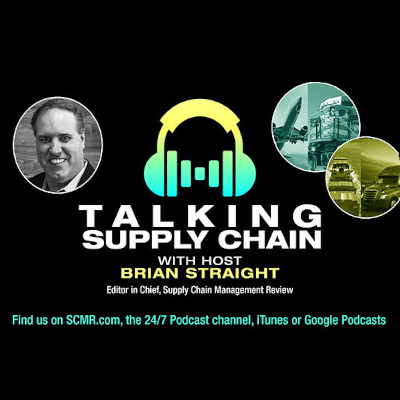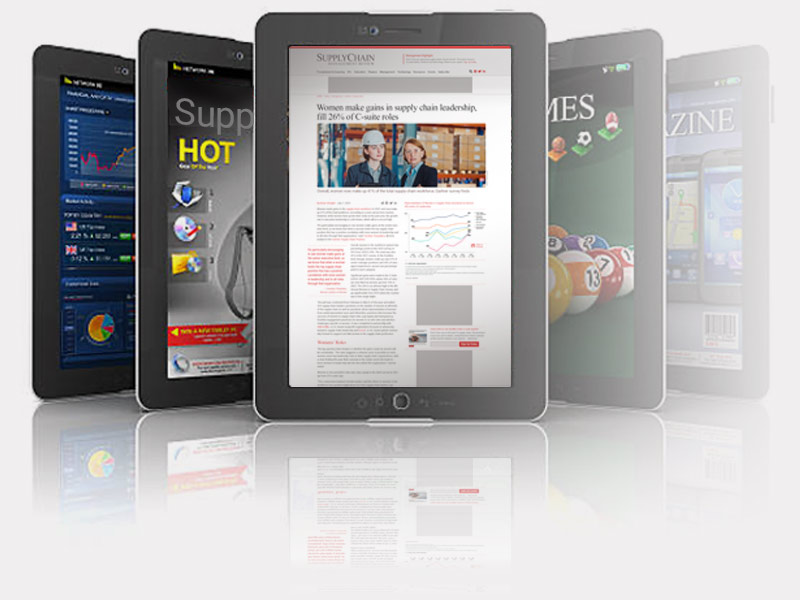It’s not surprising that John Gattorna’s new book challenges conventional wisdom and calls for a whole new approach to supply chain design and implementation. Dynamic Supply Chains: Delivering Value Through People (2nd Edition) not only seeks to shake up the supply chain status quo, but also provides a framework for accomplishing that not-so-easy task. Gattorna refers to that framework as dynamic alignment.
Dr. John Gattorna has been seeking new ways to improve the art and science of supply chain management ever since he entered the profession more than 25 years ago. The Australian native founded his own consulting firm and later went on to head up Accenture’s logistics strategy practice in the Asia/Pacific region.
His Accenture experience working with a wide range of clients convinced him that there was better way of managing the supply chain than generally accepted management practices might suggest. That’s when he began honing his ideas on dynamic supply chain alignment, which has ultimately resulted in several well-received books including the one we just mentioned above.
So what is dynamic supply chain alignment? In Gattorna’s view, dynamic supply chain alignment uses customer buying behavior as its starting point. Then companies identify, design, and smartly execute the supply chain configurations that respond to those buying behaviors. The book sets forth principles and tools to make that happen in a dynamic supply chain.
One key to effective dynamic alignment, he says, is to treat your supply chain as a living organism—not as a static entity, as most textbooks have taught us. The underlying notion here is that organisms can be dynamic; static entities cannot.
Several aspects of Dynamic Supply Chains make it stand out from other SCM books I’ve read recently. One is the focus on the customer that flows through the narrative. Many authors talk about the importance of developing a customer orientation, but leave it at that. But Gattorna, through his dynamic alignment framework, actually shows how to create that needed customer focus as part of the organization’s DNA.
Another refreshing aspect of the book is its willingness to promote new ideas and to take a new perspective on old ones. A good example of the latter is the discussion on lean. Instead of dwelling exclusively on the production planning and inventory management aspects of this technique, the book also emphasizes “softer” (and one could argue equally critical) factors in a successful lean implementation. These include the organization’s culture and design, the people and the underlying processes in place, training requirements, leadership styles, and more.
Dynamic Supply Chains can be considered a “magnum opus” in every sense of the term. It runs close to 500 pages, presents dozens of charts and graphs, and includes seven different appendices. It’s a comprehensive package of information for sure. The practical advice is sound, the examples and anecdotes are telling, and the explanations of the core concepts are clear. Most important, the book really gets you thinking differently—and realistically—about how to take supply chain performance to a new level. Check it out; it’s definitely a worthwhile investment.
SC
MR

Latest Supply Chain News
Latest Podcast

 Explore
Explore
Latest Supply Chain News
- AI-driven sourcing: Why the speed of change is going to only accelerate
- A Silk Road city
- U.S.-bound containerized import shipments are up in June and first half of 2024
- Do net-zero goals matter?
- Boeing turned to Fairmarkit, AI to help land its tail spend
- Expand supply chain metrics to cover the complete customer experience
- More latest news
Latest Resources

Subscribe

Supply Chain Management Review delivers the best industry content.

Editors’ Picks





